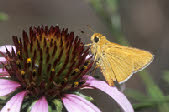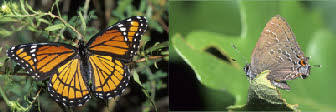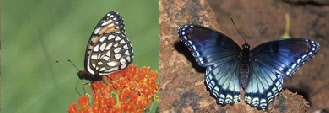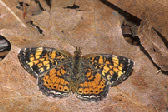The Butterflies of the World Foundation
A Non-




Large Orange Sulphur
Phoebis agarithe, Boisduval, 1836
Subfamily Coliadinae


Phoebis agarithe, mated pair, ambush bug is attacking female, sidewalk near Bentsen-
Ref #: I-
All photographs, artwork, text and website design are the property of The Butterflies of the World Foundation (unless otherwise stated) and are protected under national and international copyright laws. Photographs, artwork or text on this website may not be reproduced in any way without prior written consent of The Butterflies of the World Foundation.
Taxonomy
There are about 1100 or so species within the family Pieridae. The family is further
divided into three subfamilies, the Coliadinae which has about 300 species worldwide
and includes the Sulphurs, Yellows and Brimstones, the Pierinae which has about 700
species worldwide and includes the Whites, Orange-
Phoebis agarithe, Bentsen-

Phoebis agarithe, Bentsen-
General Information:
Phoebis agarithe is a large butterfly found in far southern Texas and Florida down through most of South America. The males are orange and the females are orange to white. It can be found in most habitats and both sexes avidly seek nectar. In the warmer parts of its range, it has multiple broods and flies year round.
Lifecycle:
The eggs are laid on pants in the pea family. When fresh, they are yellow-